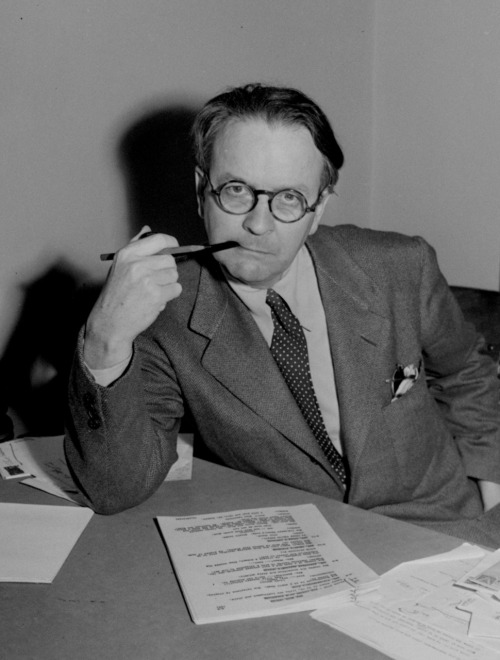1946
Friday, December 2, 2011
It's a Wonderful Life (December, 1946)
"It was just a job. All the kids in my neighborhood went over to the studios, Jimmy and Larry, and Carol and me. We walked over or were taken over by our moms, trying for crowd scenes or other work to make a little money.”
But after her film work ended, she grew up fast. “My mother died when I was 12, and right after my dad died in a car crash. I was 15 and had no family. The court sent me to live with my uncle and aunt in Missouri,” she said.
“They were kind of nutso religious fanatics who didn’t believe in movies, dancing, singing, that kind of thing,” she remembered. “I don’t think they believed in laughing, either.”
Soon she was married with two daughters, then divorced, and the girls’ father died in a hunting accident. Remarried, she had a son and daughter and helped raise her second husband’s three children from a previous marriage. Then her 18-year-old son committed suicide, and her husband died of cancer. She retired to take care of her teenage daughters, two of whom became single parents.
“My life has never been wonderful,” she offered quietly. “Maybe when I was a child, but not after age 15.”
Sunday, May 15, 2011
Monday, August 16, 2010
Great Expectations
Valerie Hobson and Jean Simmons in Great Expectations (1946, dir. David Lean)
‘Let me see you play cards with this boy.’-- Charles Dickens, Great Expectations
‘With this boy! Why, he is a common labouring-boy!’
I thought I overheard Miss Havisham answer - only it seemed so unlikely -
`Well? You can break his heart.’
Photo and text via Old Hollywood.
Shopping in 1946
On this summer day in 1946, captured by a sidewalk photographer on Monroe Avenue in Grand Rapids, my "nylons" were actually rayon. Before 1940 we wore cotton lisle, or if rich, sheer silk. Ladies were just getting a taste for nylon when the war took both nylon and silk away from us. Rayon it was, and boy, did we hate it! The "look" wasn't sexy, there was an odd, dull sheen, and worse, they wouldn't dry overnight. So several pairs were usually lined up on the bathroom rod in varying stages of despicable sogginess. We resorted to liquid stockings, leg makeup poured from a bottle. It was a disaster, with all of the downsides you could dream of!Text excerpted from memories recorded at the Flickr photostream of Joey Harrison.
... Department stores of the era dazzled with their offerings. There were extensive furniture departments, normally a full floor, with fully furnished rooms providing decorating ideas and promoting the furniture offered. There were piles and piles of rugs. (Carpeting wasn't popular until later. Rugs were laid over hardwood floors with a border of dark-stained wood showing. If the wood wasn't good enough to show, you could purchase two-foot-wide linoleum printed in a hardwood pattern.)
... Apparel was "big" in the stores, with departments for most sizes, except if you were "small!" Petite wasn't recognized by designers and manufacturers then. So you resorted to shopping in children's wear, or buying an approximate size and having it altered, or you sewed for yourself. In my mother's time, the early 1900s, the itinerant seamstress would show up once a year, unfold her table, and stay long enough to make whatever the family needed — a week, 10 days, maybe a couple of weeks.
... Shopping can be tiring, and stores wisely provided very nice lunchrooms to keep their customers under their roof to take off down the aisles again after a respite, purses in hand. Those purses didn't contain plastic, which came later. But we could charge to our store account, and the salesperson would always ask "Charge and send?" One simply did not carry packages. They came by store delivery truck to your home in a day or two...
Getting from one floor to another was zippy. The bank of elevators was tended on the main floor by an eagle-eyed, uniformed store employee who knew exactly where each elevator was, and beckoned you to the one that would open its doors next. The elevator would arrive, the uniformed operator would open her doors with a white-gloved hand while the other hand was ready at the controls to take you off flying the minute everyone was herded in. As the doors glided shut again you called your floor, and whoooosh, you were off, leaving your stomach in your shoes if ascending or in your throat if going down. The operator brought the cage exactly level with the floor, calling the number out smartly before opening the doors. An elevator ride then had none of the clunkiness and maddening turtle pace of today's automatic elevators.Retail workers in those years could have normal family lives, as stores were all closed on Sundays. In Grand Rapids stores stayed open evenings only on Monday, until 9.
Tuesday, July 27, 2010
Raymond Chandler in 1946
“If my books had been any worse, I should not have been invited to Hollywood, and if they had been any better, I should not have come.”This is the first photo I've ever seen of him; found at Ordinary Finds.
Subscribe to:
Posts (Atom)




